|
Welcome to the Ripley Desert Woodland State Park photo gallery brought to you by Desertsunrise.net The Ripley Desert Woodland State Park occupies 560 acres in the Western part of the Antelope Valley. Here you will see one of the few remaining examples of a virgin forest of Joshua and Juniper Trees. Except for some alien grasses and the lack of native bunch grasses, this is probably how many parts of the western Mojave Desert must have appeared to early white (European) explorers, settlers, miners and ranchers as they came through or settled in the Western Antelope Valley. Explorers such as Pedro Fages (1772), Spanish Franciscan friar Francisco Garces (1776), or John C. Fremont (1848) had without a doubt an amazing view of the of the Western Mojave Desert that we will never see. In the years before the large migration of settlers, farmers, and ranchers many parts of the Mojave Desert had desert woodland forests. Just try and imagine that what we see here in a few photographs of a desert woodland spread out in vast forest covering a large part of the desert! "Joshua trees and Junipers are the dominate species of plants with a large undergrowth of California buckwheat, golden bush, Mormon tea, blue sage and beavertail cactus. In the spring following a wet winter, many species of annual wildflowers bloom throughout the Park". "The park is named for Arthur Ripley (1901-1988) who willed the property to the State. As a farmer, he cleared and farmed a large amount of acreage in the western part of the Antelope Valley but he also was concerned enough about the Joshua/Juniper woodlands to leave this area in a pristine state". Quoted from the Ripley State Park - Trail Guide Brochure Notice: The park brochure mentions a parking lot, but I never did find one! I parked on the side of the road. Beware - the sandy conditions on the roadsides in many desert area's can at times be very soft and your vehicle can easily become stuck. Here the soil conditions were soft but drivable. Fauna and Flora Watch out for slow moving tractors and trucks! A. Backpacking is not needed as the park is small. B. In the Summer & Fall bring large amounts of water. C. Either bring maps or review maps first. Cell reception is spotty. D. Unless posted, NO campfires or Stupid tobacco smoking! E. Free admission :) F. Leave No Trace This photo is a continuation of the previous but centered on the large stand of Joshua Trees. A possible reason for this clumping together is given in the brochure: "These could have germinated from seed but probably are sprouts from the underground rhizomes of a larger tree. In this manner, the mother tree clones itself. Although Joshua seeds germinate fairly easily, most of the seeds are eaten by birds and small animals and the larva of the yucca moth which pollinates the blossom".
0 Comments
Leave a Reply. |
The entire site is either "in progress" or "under construction" or just plain "working on it"!
ArchivesCategories
|
Site powered by Weebly. Managed by PowWeb


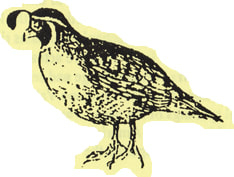
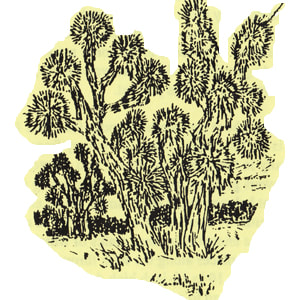
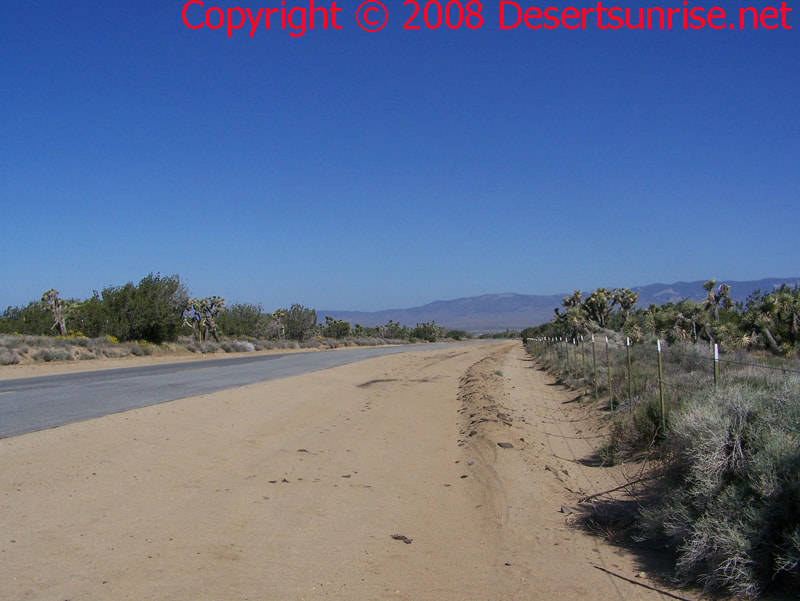
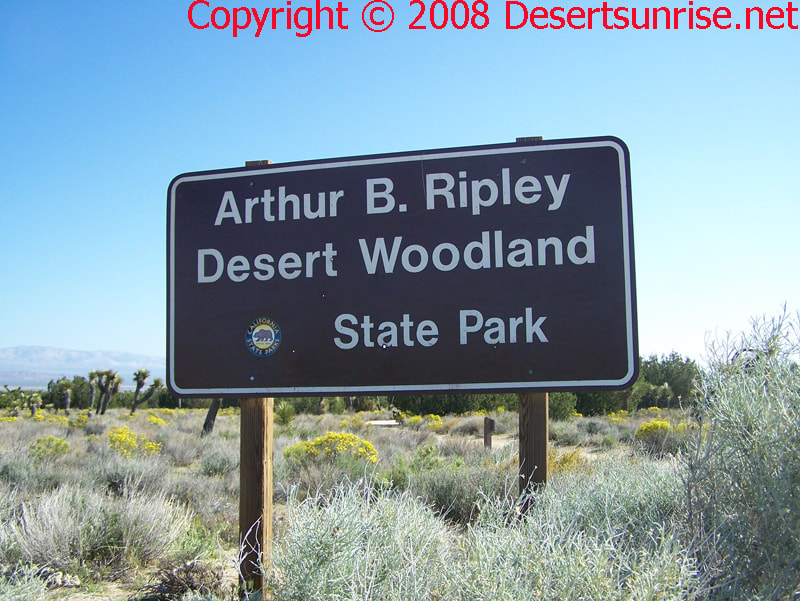
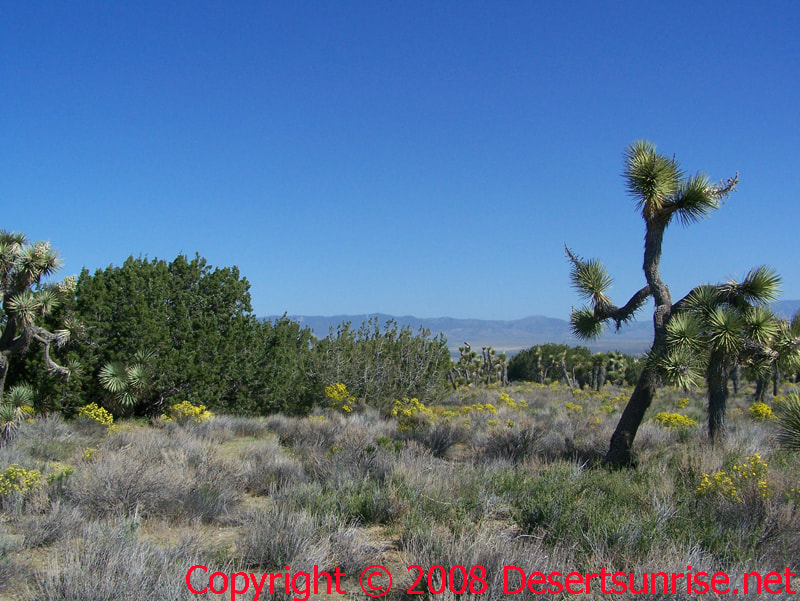
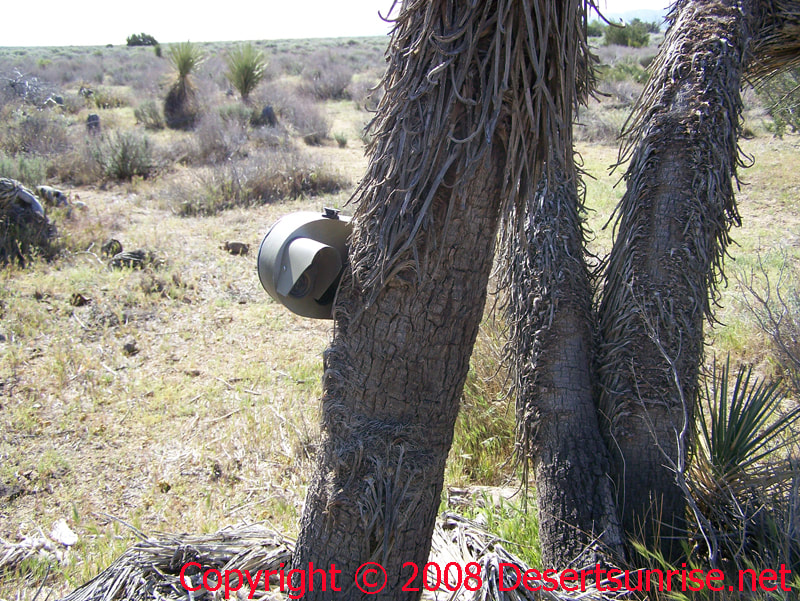
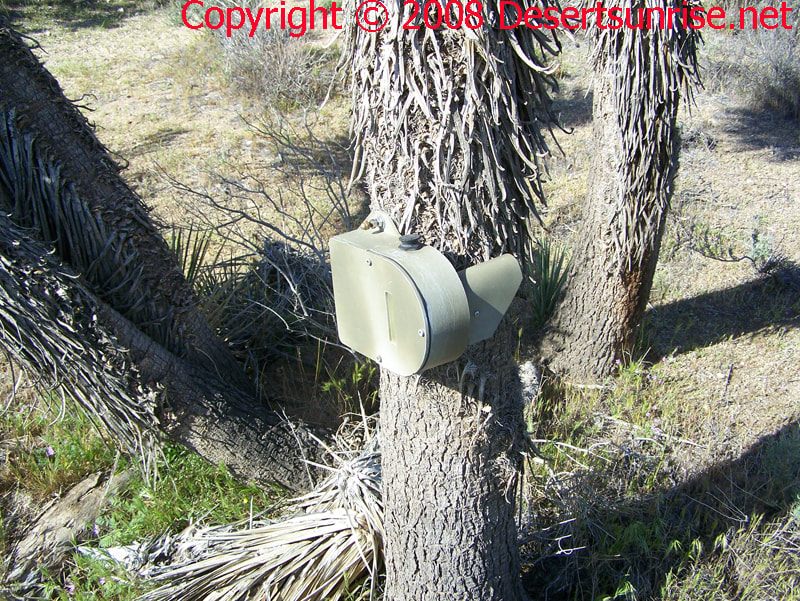
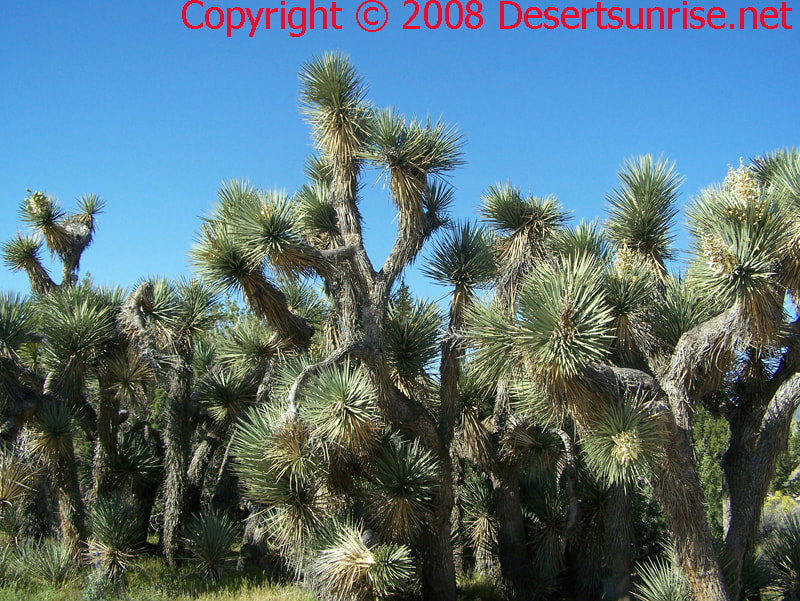
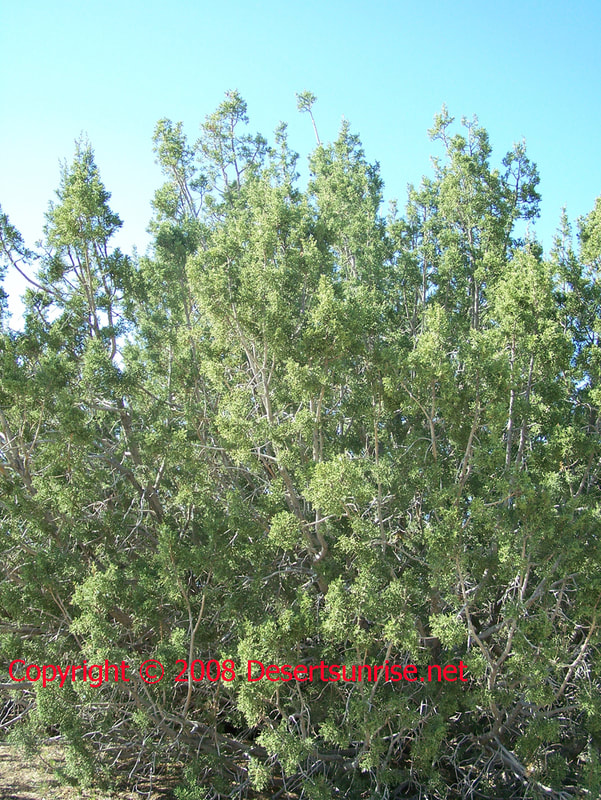

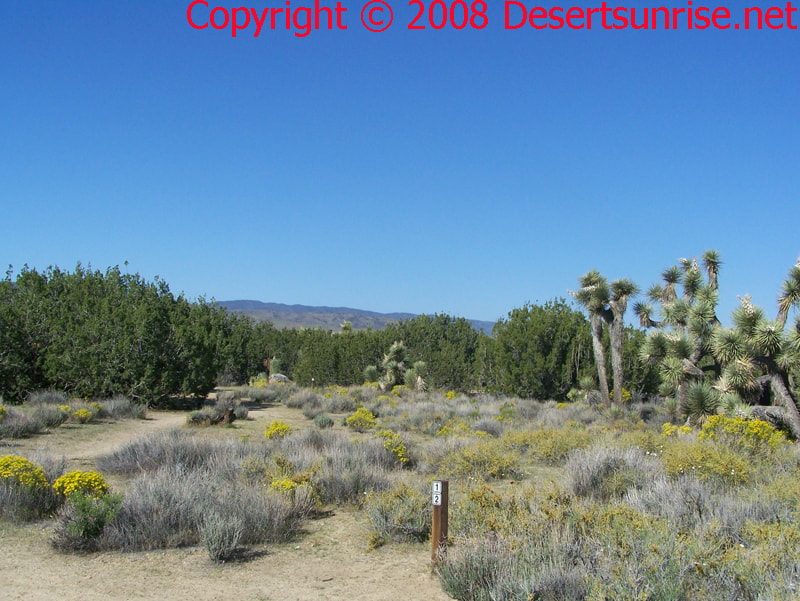
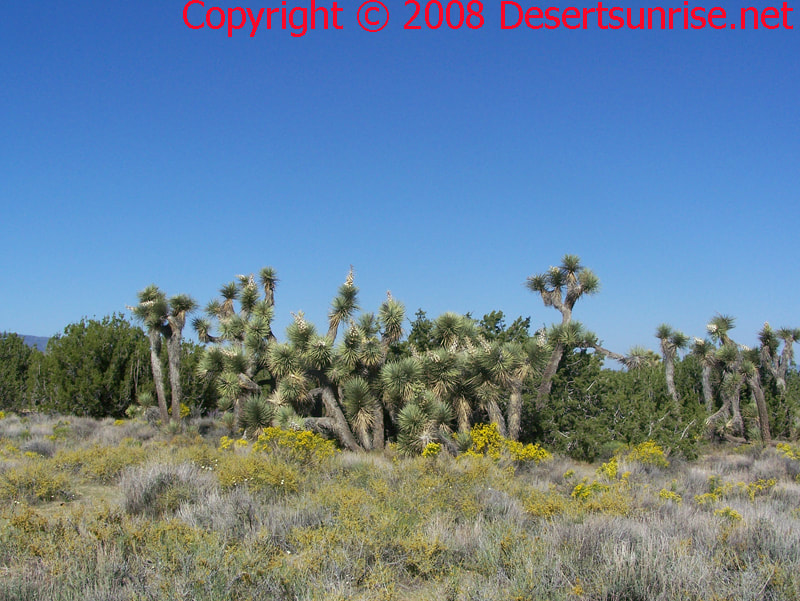
 RSS Feed
RSS Feed